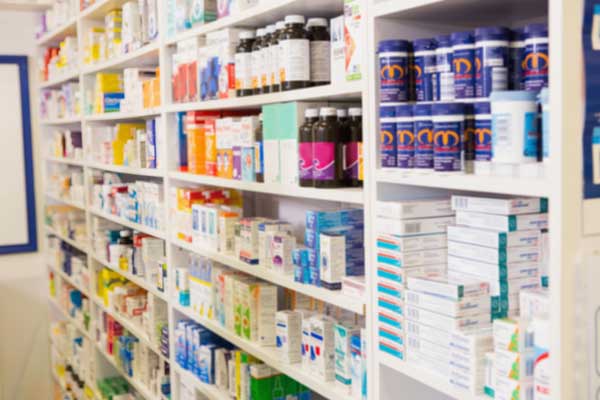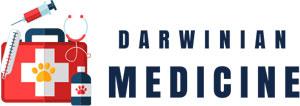The difference in price between name brand and generic medicines often comes as a shock to many patients. Take Prilosec and its generic equivalent omeprazole for example. At my local pharmacy, the name brand Prilosec costs 89 cents a pill, while the chemically identical omeprazole costs just 64 cents. What accounts for this 40% price difference, when the medications are the same?

The answer lies in the complex and lengthy history behind generic drug regulation and patent law in the United States. This article will explore how we got to the current state of generic drug pricing, beginning in the early 20th century.
The Era of Patent Medicines
In the early 1900s, medications fell into two categories: ethical drugs and patent medicines. Ethical medicines were those proven to have medical value, like quinine and aspirin. Patent medicines, on the other hand, were secret concoctions sold more for their psychoactive effects than treatment potential. These potions often contained alcohol, opium, or other intoxicants.
While the “patent” in patent medicines referred to proprietary claim rather than intellectual property, legitimate medications could also be patented. In 1899, Bayer patented and trademarked aspirin. Other companies could produce the key ingredient acetylsalicylic acid, but not market it under the aspirin name. Generics existed but couldn’t use brand names.
New Safety Laws Change the Game
This landscape shifted in the 1930s, as scientists discovered novel compounds like insulin that could be patented. With market exclusivity, drug makers could charge high prices without competition from generics. However, two major tragedies led to new legislation that made drug development far more stringent.
In 1937, the Massengill Company released a liquid form of the antibiotic sulfanilamide mixed with toxic diethylene glycol, killing over 100 people. This disaster revealed the need for safety regulations before drugs hit the market. The 1938 Federal Food, Drug, and Cosmetic Act required companies to submit safety data to the FDA through a New Drug Application (NDA) before marketing medications.
Then in the 1950s and 60s, the drug thalidomide caused birth defects in thousands of babies whose mothers had taken it. This spurred even tighter regulations under the Kefauver-Harris Amendments of 1962, necessitating proof of efficacy alongside safety data.
Effects on Drug Development
The new regulations made drug R&D far more expensive, increasing timelines 7-13 years. To protect their investments, companies began patenting drugs earlier despite having no product to sell yet. But longer approval processes ate into patent terms, reducing the window for exclusive sales.
Consequently, new drug approvals dropped drastically after 1962. Prices of existing drugs didn’t rise, but far fewer innovative medications entered the market.
The Rise of Generics
To encourage affordable alternatives, generic applicants could file Abbreviated New Drug Applications (ANDAs) without conducting their own clinical trials, assuming bioequivalence to the name brand drug. This allowed faster, cheaper generic approvals.
But name brand companies viewed generics as dangerous knockoffs, lobbying doctors not to prescribe them. By the 1970s, most states allowed pharmacists to substitute generics, but convincing physicians and the public of their value remained a struggle.
Hatch-Waxman Changes the Game Again
The Drug Price Competition and Patent Term Restoration Act of 1984, aka the Hatch-Waxman Act, aimed to balance incentives for innovation and access. For name brands, it provided 5 years of market exclusivity and restored patent time lost during FDA review.
For generics, it allowed research prior to patent expiration and required small bioequivalence trials. It also granted 180 days exclusivity to the first generic filed after a patent lapses.
This led to a huge surge in generic approvals over time. But Hatch-Waxman also enabled anti-competitive practices by name brands trying to maintain monopoly. Distrust in generics persisted among consumers as well.
The State of Generics Today
While the system still has flaws, generics undeniably provide massive savings for the healthcare system. Today, 90% of prescriptions are filled by generics, accounting for only 10% of drug spending. Policies that increase generic utilization continue to benefit consumers through lower out-of-pocket costs.
Though skepticism remains, the weight of evidence confirms generics are just as safe and effective as name brands for most people. The evolution of US pharmaceutical regulation demonstrates how we reached today’s balance between innovation, safety, affordability, and access.
